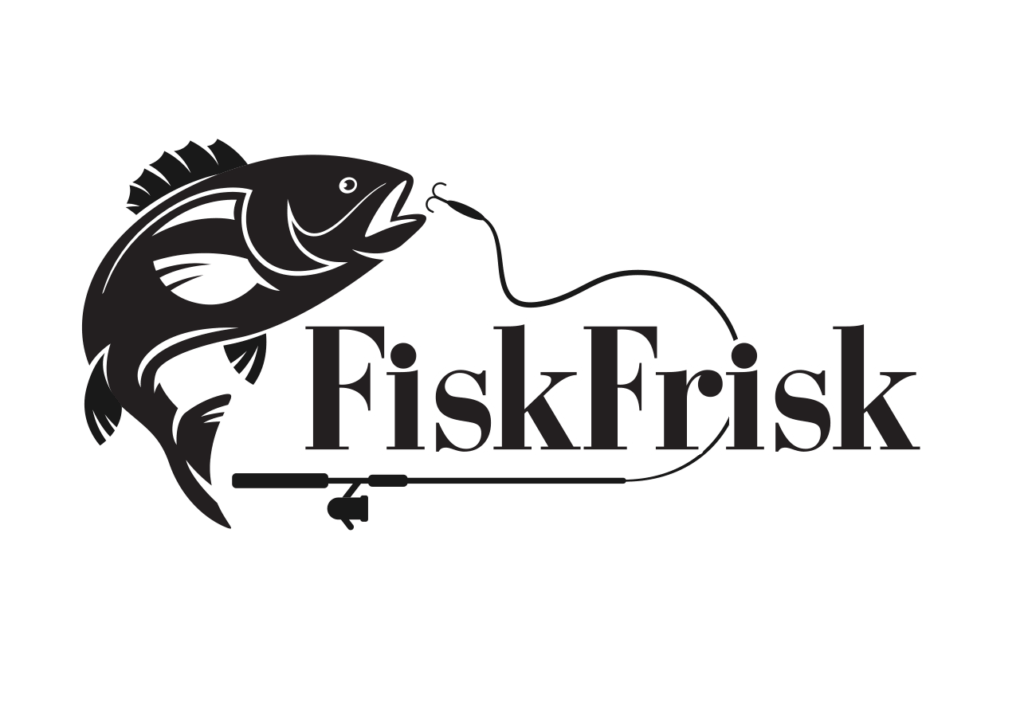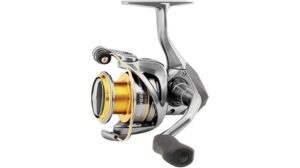
Okuma Avenger Reel Review: Affordable Performance Unleashed
You'll be amazed at how this budget-friendly reel outperforms its pricier rivals, but there's a surprising catch that
Home - Fishing Gear - Fishing Lines - Monofilament Fishing Line
Monofilament fishing line, a staple in angling since the 1950s, are single-strand lines typically made from nylon polymers. Known for their versatility, they’re suitable for both freshwater and saltwater fishing across various techniques. Monofilament offers a balance of strength and flexibility, with a degree of stretch that can act as a shock absorber during strikes. Available in different diameters, breaking strengths, and colors, these lines allow anglers to match their gear to specific fishing conditions and target species. Despite advancements in line technology, monofilament remains popular due to its performance, versatility, and affordability.





The most common type of Monofilament Fishing Line, offering a balance of strength, flexibility, and ease of use. Suitable for both freshwater and saltwater fishing, with good shock absorption. It’s widely used for general-purpose fishing, making it a go-to choice for beginners and experienced anglers alike. It also tends to be the least expensive option, making it budget-friendly.

Made from blending two or more polymers, these lines have increased strength and reduced memory, resulting in smoother casting and greater sensitivity. Copolymer lines often have a smaller diameter compared to standard monofilament of the same strength, which enhances casting distance and reduces visibility in the water. They are ideal for techniques that require finesse and precise presentations, such as drop-shotting or jigging.

Combines a fluorocarbon outer layer with a monofilament core. Offers higher abrasion resistance and near invisibility underwater, ideal for clear water conditions. The fluorocarbon coating provides additional benefits like increased sensitivity and resistance to UV light, which prolongs the line’s lifespan. This type of line is perfect for scenarios where stealth is crucial, such as targeting finicky fish in clear water.
Monofilament lines are known for their stretch, which absorbs shocks and reduces the likelihood of breakage during aggressive fish strikes. This stretch can be advantageous when using techniques like trolling or when a fish makes a sudden run, as it provides a buffer that prevents the line from snapping.
Different colors suit different water conditions. Clear or low-visibility lines are best for transparent waters, while colored lines blend better in specific environments. For instance, green lines are often used in freshwater environments with a lot of vegetation, as they blend in with the surroundings and become less noticeable to fish.
Affects visibility and reel capacity. Thinner diameters allow for more subtle presentations, while thicker lines provide additional strength. The diameter also impacts how the line handles on the reel, influencing casting distance and accuracy. Anglers targeting species with sharp eyesight, such as trout, often prefer thinner lines for their low visibility.
Several well-established brands dominate the market, offering high-quality monofilament fishing lines that cater to various angling needs.
Overview: Berkley is a long-standing brand known for its user-friendly Trilene series of Monofilament fishing lines. These lines offer a good balance of strength, abrasion resistance, and knot security, making them a popular choice for anglers of all skill levels and across various fishing techniques and environments.
Popular Models:
Overview: Stren is a trusted name in fishing lines, famous for its Original Monofilament. This line delivers superior castability and durability, ensuring consistent performance across various fishing situations. Stren offers lines in a variety of colors and formulations to cater to different water clarities and target species.
Popular Models:
Overview: While primarily known for its braided lines, SpiderWire also produces high-quality monofilament lines. These lines find a balance between strength and flexibility, making them versatile for various fishing scenarios. Engineered to withstand harsh conditions, SpiderWire monofilament lines are a reliable choice for both freshwater and saltwater fishing.
Popular Models:
Overview: Sufix is known for its Superior Monofilament line, offering excellent tensile strength and low stretch properties. These features provide precision and control, making Sufix lines ideal for competitive fishing and anglers who demand peak performance. The brand is constantly innovating to improve its lines and meet the evolving needs of modern anglers.
Popular Models:
Pros:
Cons:

Line Strength (Pound Test): Match the strength to the species and environment. Heavier lines for larger fish and rugged terrains, lighter lines for smaller fish and open waters. Consider the average size of the fish you’re targeting and the type of cover you’ll be fishing in. For example, a 10-12 pound test line is suitable for bass fishing in moderate cover, while a 20-30 pound test line may be needed for heavy cover or larger species.
Line Diameter: Thicker lines offer more strength but are more visible and have less casting distance. Thinner lines provide better casting and reduced visibility. For finesse techniques and clear water conditions, opt for a thinner diameter to reduce the chance of spooking fish.
Abrasion Resistance: Essential for fishing in areas with heavy cover or structures. A line with high abrasion resistance will withstand more wear and tear, reducing the chances of breakage. If you frequently fish around rocks, docks, or other structures, prioritize lines with high abrasion resistance.
Stretch: High-stretch lines are good for trolling, while low-stretch lines offer better sensitivity for detecting bites. Consider the fishing technique you’ll be using and choose a line with appropriate stretch characteristics. For example, low-stretch lines are beneficial for techniques that require a quick hookset, such as bottom fishing or jigging.
Color: Clear lines for most water conditions, colored lines for specific scenarios like murky waters or night fishing. The color of the line can also help you see it better above water, making it easier to detect subtle bites or manage your line during casts. High-visibility lines like fluorescent yellow or orange are useful for detecting line movement.

Yes, monofilament can be used as the main line on your reel. It’s versatile, absorbs shocks well, and offers good knot strength and buoyancy. It’s suitable for both freshwater and saltwater fishing and is especially effective for topwater fishing and general-purpose angling.
Yes, pros do use monofilament. It’s favored for its versatility, ease of handling, and performance. Pros often use it for topwater fishing due to its buoyancy and for trolling or using crankbaits because of its shock absorption. Its ability to tie strong knots makes it a reliable choice for various fishing scenarios.
Pros recommend changing monofilament line 2-3 times per fishing season, but it depends on the line quality and how you fish.
Here’s a breakdown:
Monofilament is best for:

You'll be amazed at how this budget-friendly reel outperforms its pricier rivals, but there's a surprising catch that
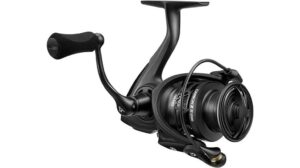
This lightweight powerhouse challenges high-end reels at a fraction of the cost, but can it truly deliver on its ambitious promises?
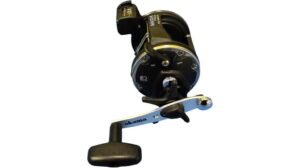
Discover why the Okuma Magda Pro Trolling Reel is turning heads among anglers, offering surprising performance that rivals…
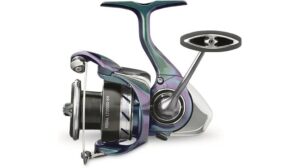
Keen anglers, prepare to be amazed: Daiwa's Regal LT reel breaks new ground in lightweight design, but does it live up to the hype?
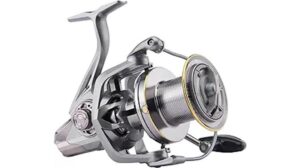
Gear up for saltwater success: our spinning reel review unveils top performers, but which one will outlast the competition in harsh marine conditions?
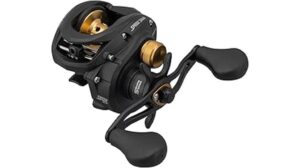
Discover why the Lews Classic Pro Speed Spool is turning heads in the fishing world – but is it truly worth the hype?
Subscribe to our newsletter to hear the latest news

